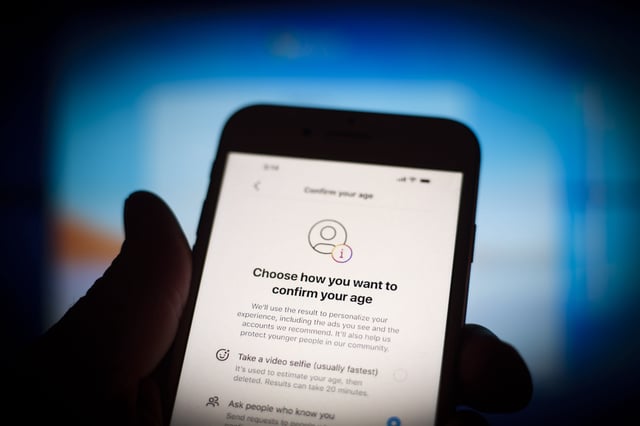Overview
- An independent trial assessed more than 60 tools from 48 vendors and found age assurance can be implemented privately, efficiently and effectively.
- The study identified no one-size-fits-all approach and a two to three-year grey zone around the cutoff, with about 8.5% of 16-year-olds falsely rejected in tests, prompting calls for layered fallback checks.
- Accuracy fell for some groups near the threshold, including non‑Caucasian and female‑presenting users, with Indigenous underrepresentation in training data noted as a concern.
- The report warned some providers were retaining unnecessary biometric or document data and urged clearer guidance, continuous monitoring and tighter limits on data collection.
- From 10 December, platforms including Meta, TikTok, YouTube, X and Snapchat must demonstrate reasonable steps or face fines up to A$49.5 million, drawing on methods such as ID verification, facial estimation, parental consent and age inference.



